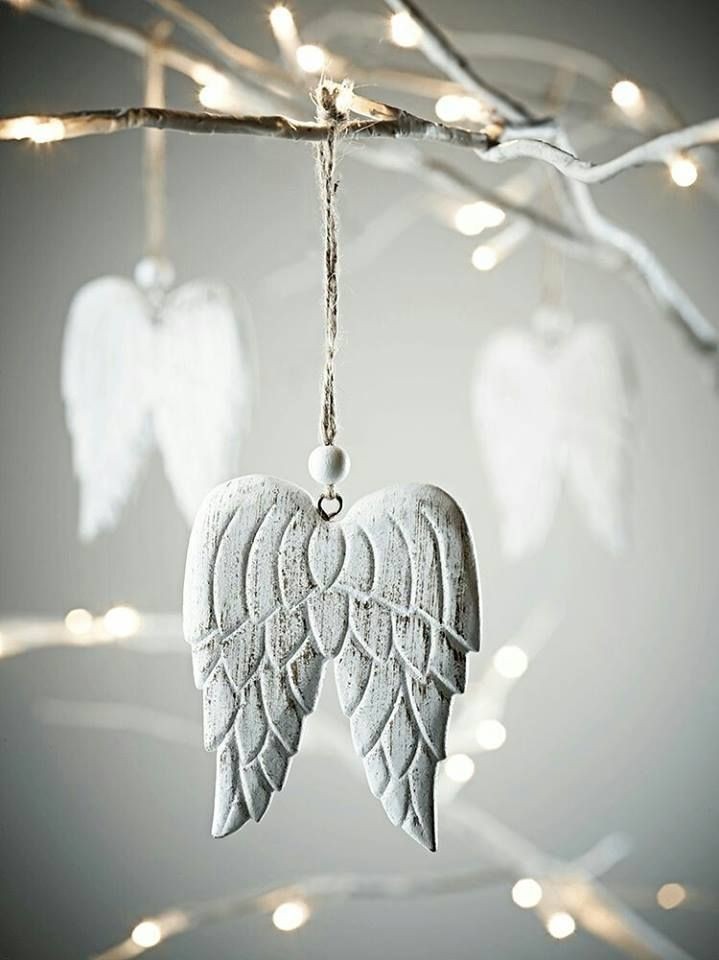Holistic Wellness: A Harmonious Exploration of Mind, Body, and Spirit
- Koöko Fleurs
- Jul 12, 2024
- 4 min read

The path to holistic wellness is paved with diverse practices that nurture the mind, body, and spirit. Imagine starting your day with the gentle flow of Tai Chi Qi-Gong, where each movement is a dance of energy, harmonizing your inner and outer worlds. As you stretch and align your posture, you feel the tension melt away, replaced by a sense of groundedness and ease.
Reflexology offers a unique form of relaxation, where skilled hands apply pressure to specific points on your feet, unlocking pathways to overall well-being. Sophrology, with its blend of relaxation techniques and mental imagery, guides you to a state of serene awareness, helping you navigate life's challenges with grace.
Art therapy invites you to express your innermost thoughts and emotions through creative mediums, transforming pain into beauty and confusion into clarity. Dance therapy, on the other hand, encourages you to move freely, releasing pent-up energy and rediscovering the joy of movement. The fluid, meditative motions of Wutao dance connect you to the rhythms of nature, fostering a deep sense of unity and peace.
In moments of stillness, prayers and meditation become your sanctuary, a space where you can connect with the divine and your inner self. Happiness therapy reminds you to embrace joy and gratitude, cultivating a positive mindset that radiates through every aspect of your life. Mindfulness, the practice of being fully present, anchors you in the here and now, allowing you to savor each moment with heightened awareness.
Let delve into the different practices:
Qi-Gong is an ancient Chinese practice that combines slow, deliberate movements with deep breathing and meditation. It's often described as "meditation in motion," helping to improve balance, flexibility, and mental clarity. The gentle, flowing movements are designed to cultivate and balance your body's energy, or "qi," promoting overall health and well-being.
Stretching and Postural Alignment are essential for maintaining flexibility and preventing injuries. Regular stretching helps to lengthen muscles, improve range of motion, and reduce muscle tension. Postural alignment exercises focus on correcting imbalances and strengthening the core, leading to better posture and reduced back pain.
Reflexology is a therapeutic method of relieving pain by stimulating predefined pressure points on the feet and hands. This practice is based on the principle that these points correspond to different organs and systems in the body. By applying pressure to these areas, reflexology aims to improve overall health, reduce stress, and promote relaxation.
Sophrology is a structured method that combines relaxation, breathing exercises, and mental imagery to enhance well-being. Developed in the 1960s, it aims to create a state of harmony between mind and body, helping individuals manage stress, improve sleep, and increase self-awareness.
Art Therapy uses the creative process of making art to improve a person's physical, mental, and emotional well-being. It allows individuals to express themselves non-verbally, which can be particularly beneficial for those who find it difficult to articulate their feelings. Through drawing, painting, or sculpting, art therapy helps to explore emotions, develop self-awareness, and cope with stress.
Dance Therapy involves the therapeutic use of movement to improve emotional, cognitive, physical, and social integration. It encourages self-expression and creativity, helping individuals to release pent-up emotions and improve their mood. Dance therapy can be particularly effective in reducing anxiety and depression, and enhancing overall well-being.
Wutao Dance is a contemporary practice that blends elements of dance, martial arts, and meditation. It focuses on the fluidity of movement and the connection between breath and body. Wutao aims to awaken the body's natural energy and promote a sense of inner peace and harmony.
Prayers and Meditation offer a way to connect with the divine and cultivate inner peace. Prayer can be a form of meditation, providing a sense of comfort and grounding. Meditation, on the other hand, involves focusing the mind on a particular object, thought, or activity to achieve a mentally clear and emotionally calm state. Both practices can reduce stress, improve concentration, and enhance emotional health.
Happiness Therapy involves activities and exercises designed to boost your mood and overall happiness. This can include practices like gratitude journaling, positive affirmations, and engaging in activities that bring joy. The goal is to cultivate a positive mindset and increase overall life satisfaction.
Mindfulness is the practice of being fully present and engaged in the current moment. It involves paying attention to your thoughts, feelings, and sensations without judgment. Mindfulness can help reduce stress, improve focus, and enhance emotional regulation. By practicing mindfulness, you learn to appreciate the present moment and develop a deeper connection with yourself and the world around you.
Each of these practices offers unique benefits, and together, they create a comprehensive approach to holistic wellness. By incorporating them into your daily routine, you can nurture your mind, body, and spirit, leading to a more balanced and fulfilling life.
Together, these practices form a tapestry of wellness, each thread contributing to a richer, more vibrant life. By embracing these diverse activities, you embark on a journey of self-discovery and healing, where every step brings you closer to a state of holistic harmony.











Comments